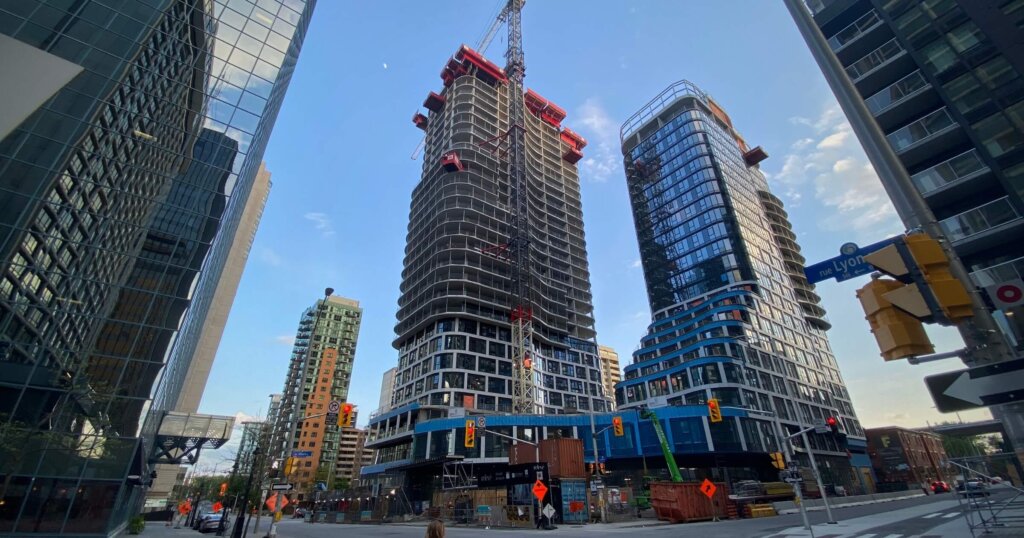Canada will not reach affordable housing levels by 2035 unless it nearly doubles the number of homes it builds each year, according to Canada Mortgage and Housing Corp. (CMHC). The current annual output is approximately 245,000 units. That needs to increase to between 430,000 and 480,000 annually over the next decade, adding as many as 4.8 million new homes to the market by 2035.
These numbers include both rental and ownership housing. The goal is to bring price and rent levels closer to what households faced in 2019. Without action, the average house price-to-income ratio is projected to rise to 52.7% by 2035. But if construction output reaches CMHC’s upper target, that number could drop to 41.1%. That would pull home prices about 25% lower than where they’re headed under current trends, and reduce rent inflation by around 5%.
More supply doesn’t mean overnight results, but it could slow the steady rise in housing costs. CMHC points out that sustained new construction would lessen bidding wars and reduce household debt stress over time.
What needs to be done to achieve these ambitious housing targets
There are several strategies that are going to be needed to address the affordable housing challenge. No single one can solve it alone. Here is a list of the most likely to have an impact:
- Expand the workforce and attract young talent: To begin with, Canada’s construction workforce must expand. There aren’t enough skilled tradespeople to handle the required volume. That means governments and industry must invest in training, apprenticeships, and labor retention. Private capital also needs to flow more freely into rental and ownership developments, especially as borrowing costs remain high.
- Reform the regulatory system: Slow permitting and local zoning delays are a drag on timelines and budgets. This issue has received attention multiple times including a study done from Ottawa citing how provinces hold the key to zoning, yet no significant changes have been made. CMHC urges faster approvals and lower development charges are needed to make projects more viable.
- Use alternative construction practices: Modular homes, prefabricated parts, and automation can shorten build times and cut costs. But adoption is uneven across provinces. Finally, federal, provincial, and municipal governments must align incentives and policies. Without coordination, achieving national targets is challenging.
Not all cities face the same shortfall

Photo courtesy of https://www.shutterstock.com/
While the housing affordability crisis is no secret, there are cities in Canada that are experiencing them in a much bigger way.
For example, Montreal has the largest supply shortfall, especially in owner-occupied homes. Toronto needs to increase housing starts by 70% to meet future affordability benchmarks. Vancouver must add 7,200 extra units a year, about 29% more than its current pace. Calgary needs a 45% jump in output. These are just a few of the cities in desperate need of housing.
Edmonton, meanwhile, is already on track and doesn’t require extra supply to maintain affordability. This variability is seen across the board in major cities in Canada even with the recent price drops in many areas, yet affordability on average remains low.
The CMHC report makes it clear that delays in expanding supply will lock in unaffordability for millions of Canadians. Local leaders, developers, tradeworkers, and policymakers all play a role in meeting this target to make affordable housing a reality. If construction goals are met, price growth could cool without triggering instability.
To learn how these housing targets affect trades, planning, and site work in Canada, subscribe to the Under the Hard Hat newsletter at https://underthehardhat.org/join-us/.



